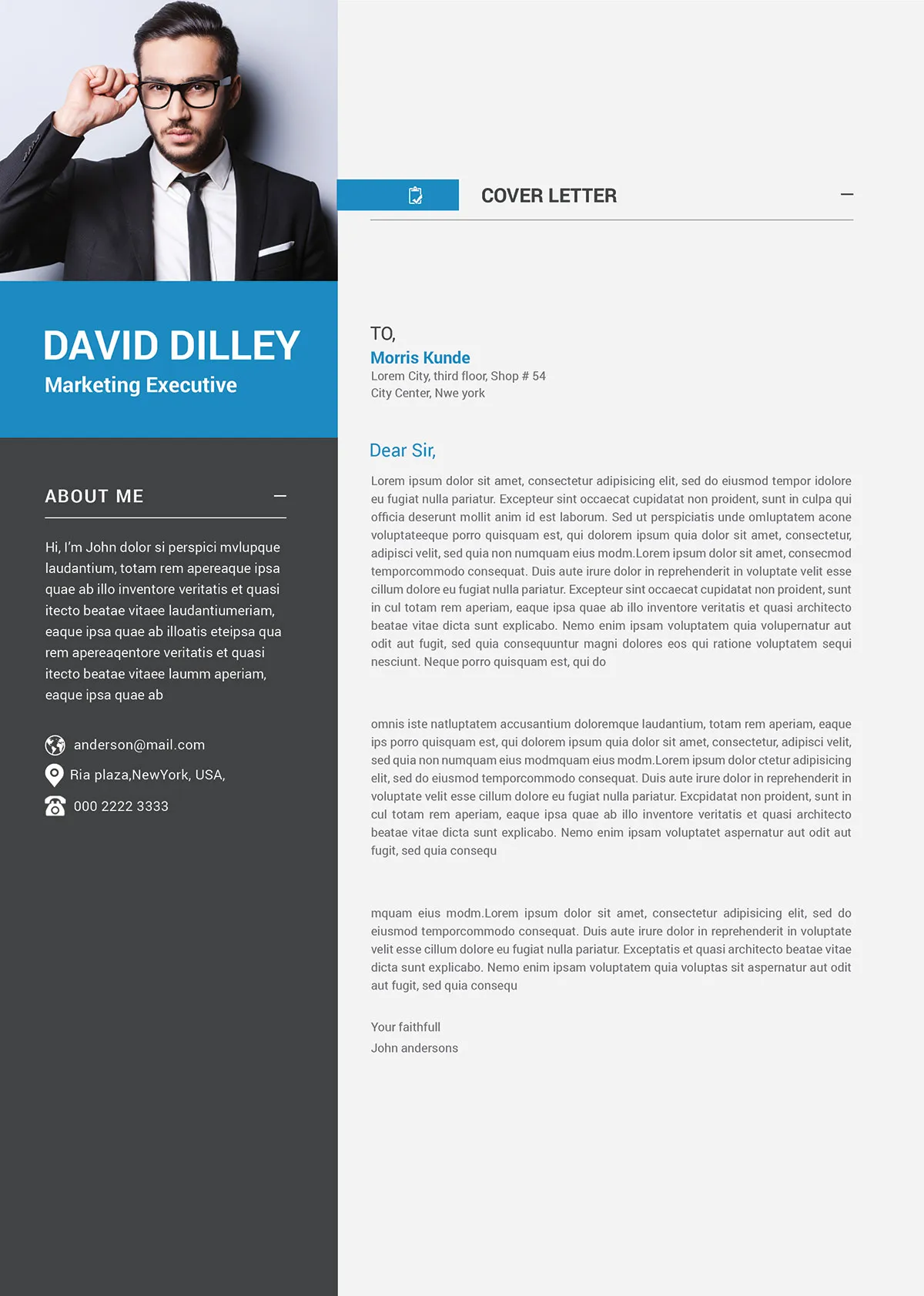What is a Cover Letter
A cover letter is a crucial document that accompanies your resume when applying for a job. It serves as an introduction, a showcase of your personality, and a highlight reel of your most relevant skills and experiences. Unlike your resume, which provides a factual overview, a cover letter allows you to narrate your professional story, explaining why you are the ideal candidate for the specific role. It’s your chance to make a strong first impression and persuade the hiring manager to delve deeper into your qualifications. A well-crafted cover letter can significantly increase your chances of securing an interview, making it an indispensable tool in your job search arsenal. It should be tailored to each position you apply for, demonstrating your genuine interest and understanding of the company and the role.
Why Cover Letters Matter
In today’s competitive job market, a cover letter is more important than ever. It’s your first opportunity to capture the hiring manager’s attention and demonstrate why you’re the perfect fit for the job. A compelling cover letter goes beyond simply repeating the information in your resume; it provides context, showcases your personality, and highlights your unique value proposition. It allows you to explain any gaps in your employment history, address specific requirements mentioned in the job description, and convey your enthusiasm for the opportunity. Without a cover letter, you risk appearing generic and less engaged. It also gives you the chance to make a lasting impression and differentiate yourself from other applicants, ultimately increasing your chances of landing an interview and ultimately, the job. Many hiring managers consider a cover letter a key indicator of a candidate’s communication skills, attention to detail, and genuine interest in the role.
Cover Letter Structure The Key Elements
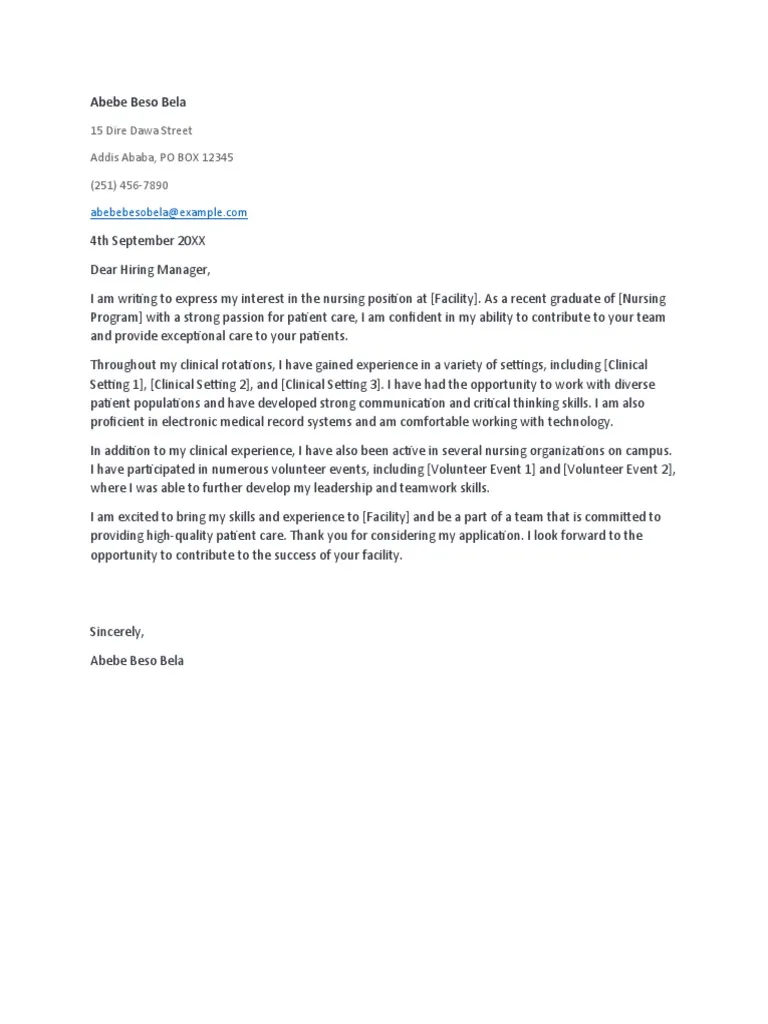
A well-structured cover letter follows a clear and logical format, ensuring that your message is easily understood and effectively conveys your qualifications. The key elements typically include a header, a salutation, an opening paragraph, body paragraphs, a closing paragraph, and a complimentary closing. Each section serves a specific purpose, contributing to the overall impact of your letter. Adhering to a standard structure not only makes your letter more professional but also makes it easier for the hiring manager to quickly grasp your key qualifications and interest in the position. This structure helps you organize your thoughts and ensures that you address all the necessary information, making it easier for the recruiter to assess your suitability for the job.
Header Information Your Contact Details
The header of your cover letter is the first thing the hiring manager will see, so it’s essential to make it clear and professional. Include your full name, phone number, email address, and optionally, your LinkedIn profile URL. Ensure your contact information is accurate and up-to-date. The header should be aligned to the left or right, and the font should match the rest of your document for a cohesive look. Avoid using a casual or unprofessional email address; create a dedicated professional email if necessary. By providing your contact information clearly and concisely, you make it easy for the recruiter to reach out to you for an interview, demonstrating your professionalism and attention to detail. A well-formatted header sets a positive tone for the rest of your letter.
Addressing the Recipient Know Your Audience
Addressing the recipient correctly is a crucial aspect of writing a cover letter. Whenever possible, find out the name of the hiring manager or the specific person who will be reviewing your application. This shows that you have taken the time to research the company and demonstrates your attention to detail. If you can’t find a specific name, use a professional salutation like ‘Dear Hiring Manager’ or ‘Dear [Department Name] Team’. Avoid generic greetings like ‘To Whom It May Concern,’ as they can make your letter seem impersonal. Personalizing your salutation shows you are genuinely interested in the role. By addressing the recipient by name, you create a more personal connection, making your letter more engaging and memorable.
Opening Paragraph Grab Their Attention
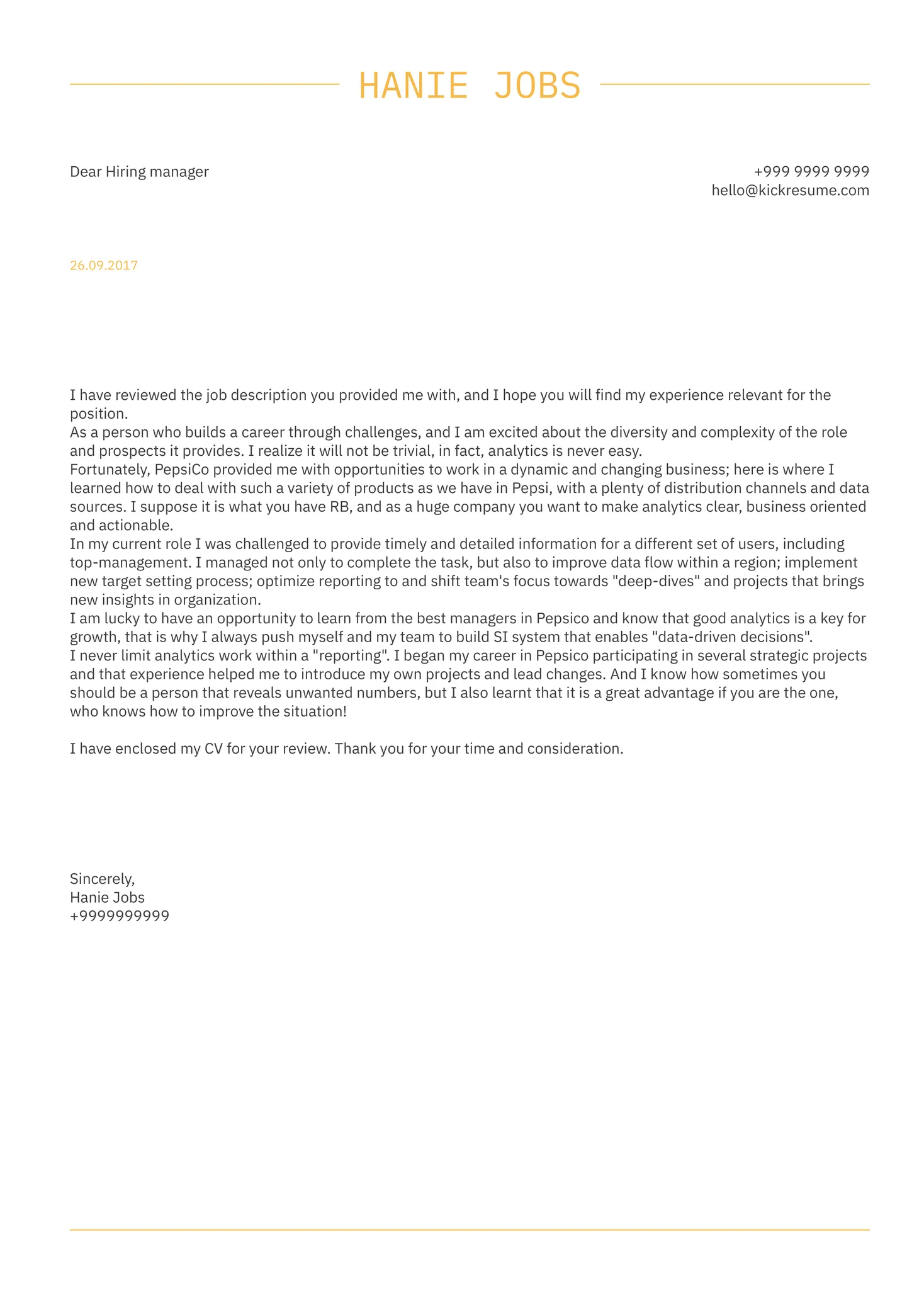
The opening paragraph is your chance to make a strong first impression and capture the reader’s attention. Start with a concise and engaging statement that clearly states the position you are applying for and where you found the job listing. Briefly highlight what initially attracted you to the opportunity. This could be a specific aspect of the role, the company’s mission, or a project you find particularly interesting. Express enthusiasm for the position and convey your understanding of the company’s values and goals. The opening should immediately communicate your interest and make the reader want to learn more. Avoid generic introductions and instead, focus on what makes you uniquely suited for the role. This sets the stage for the rest of your letter, encouraging the hiring manager to continue reading.
Body Paragraphs Showcase Your Skills
The body paragraphs are where you demonstrate your qualifications and showcase your skills. Focus on highlighting the skills and experiences that align with the job requirements. Use specific examples from your previous roles to illustrate your accomplishments and how you have delivered results. Instead of simply listing your skills, explain how you have applied them in real-world situations and what impact you made. Quantify your achievements whenever possible. Tailor your letter to the specific job description, emphasizing the skills and experiences that are most relevant to the role. This targeted approach shows that you understand the job requirements and are confident in your ability to excel. Each paragraph should focus on a specific skill or experience, building a compelling case for your candidacy.
Highlight Relevant Experience and Achievements
When discussing your experience, go beyond simply listing your job duties. Focus on highlighting relevant achievements and the impact you made in your previous roles. Use the STAR method (Situation, Task, Action, Result) to provide context and illustrate your accomplishments. Describe the situation or challenge you faced, the task you were assigned, the actions you took, and the positive results you achieved. This approach demonstrates your problem-solving abilities, your ability to deliver results, and your value to the company. Make sure the experience you highlight aligns directly with the requirements outlined in the job description. This targeted approach demonstrates your suitability for the role and your ability to contribute to the company’s success. Provide specific examples of your achievements, such as increased sales, improved efficiency, or successful project management.
Quantify Your Accomplishments with Numbers
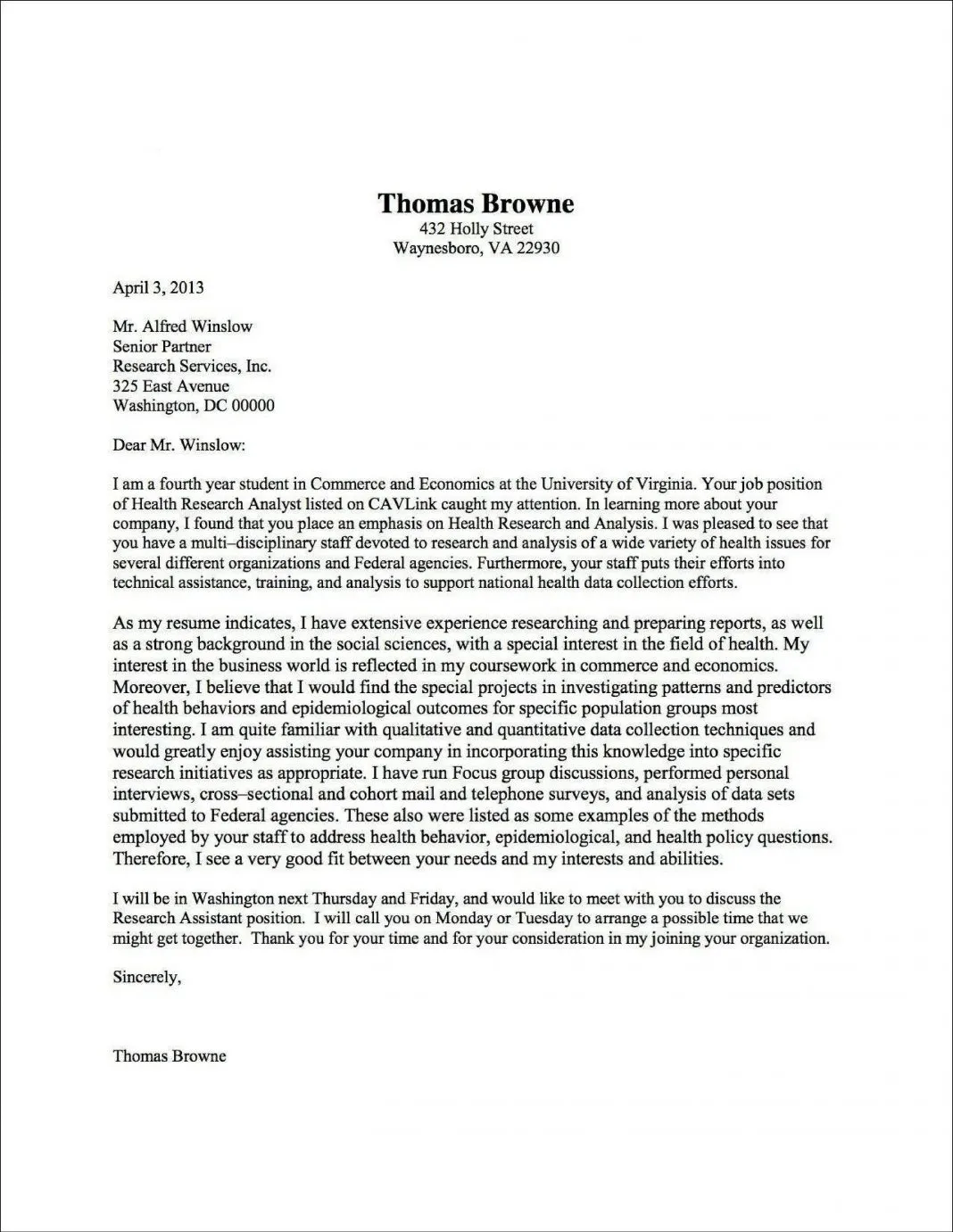
Whenever possible, quantify your accomplishments with numbers to make your achievements more impactful and demonstrate your value. Instead of saying ‘Improved customer service,’ state ‘Improved customer satisfaction scores by 15%.’ Use metrics to showcase your results, such as increased revenue, reduced costs, or improved efficiency. Quantifiable achievements provide concrete evidence of your abilities and make your claims more credible. Using numbers helps the hiring manager quickly grasp the scope of your accomplishments and the positive impact you can make in the role. Even seemingly small achievements can be impressive when presented with quantifiable results. For example, ‘Managed a project that was completed 20% under budget and 10% ahead of schedule.’
Tailor Your Letter to the Job Description
Customizing your cover letter to each job application is essential for showcasing your genuine interest and suitability for the role. Carefully review the job description and identify the key skills, experiences, and qualifications the employer is seeking. Then, tailor your cover letter to address these specific requirements. Highlight the aspects of your background that align with the job description, and use the same keywords and phrases the employer uses. This shows that you have carefully read the job posting and understand the role’s requirements. It also demonstrates your attention to detail and your ability to adapt to different situations. Personalize your letter by mentioning the company’s values, mission, or recent projects that resonate with you. Showing this level of effort makes your application stand out from generic submissions and increases your chances of securing an interview.
Closing Paragraph Make a Strong Impression
Your closing paragraph should leave a lasting positive impression and reinforce your enthusiasm for the position. Briefly summarize your key qualifications and reiterate your interest in the opportunity. Express your confidence in your ability to contribute to the company’s success. This is also the ideal place to include a call to action. Clearly state your desire for an interview and express your willingness to discuss your qualifications further. Make it easy for the hiring manager to take the next step. Reiterate your contact information, ensuring it is easy to find. Avoid ending your letter with a generic phrase; instead, choose a closing that reflects your personality and your genuine interest in the role. A strong closing paragraph reinforces your message and leaves a positive impression on the reader.
Express Enthusiasm and Call to Action
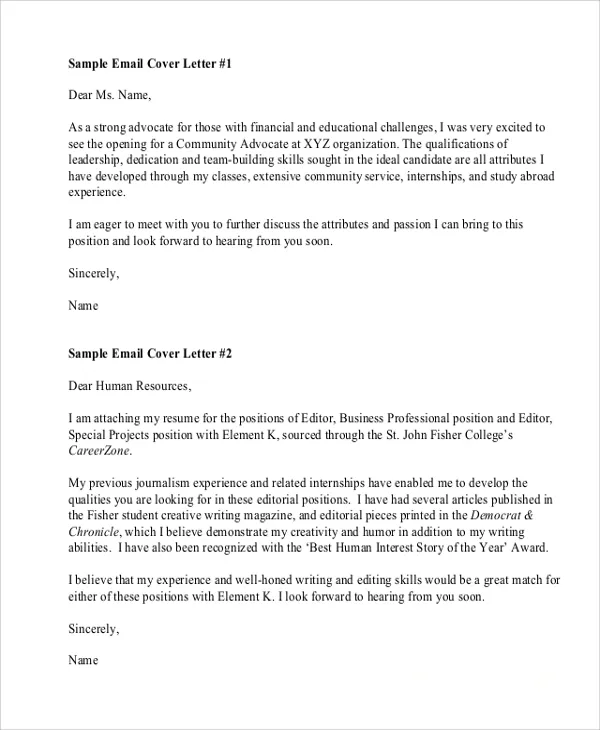
Throughout your cover letter, express genuine enthusiasm for the position and the company. Show that you are passionate about the opportunity and excited about the prospect of joining the team. This can be achieved by discussing your interest in the company’s mission, values, or recent projects. In the closing paragraph, include a clear call to action, such as ‘I am eager to discuss my qualifications further and am available for an interview at your earliest convenience.’ A call to action encourages the hiring manager to take the next step and contact you. It demonstrates your initiative and your eagerness to move forward in the hiring process. Reinforce your contact information to make it easy for the hiring manager to respond. This combination of enthusiasm and a clear call to action will significantly increase your chances of securing an interview.
Formatting and Proofreading Ensure Perfection
Formatting and proofreading are critical steps in crafting a powerful cover letter. Poor formatting and errors can detract from your message and create a negative impression. Choose a professional font such as Times New Roman, Arial, or Calibri, and use a font size between 10 and 12 points for readability. Ensure consistent spacing throughout your document, and use clear headings and bullet points to organize your content. Proofread your letter carefully for any typos, grammatical errors, or inconsistencies. Ask a friend or family member to review your letter for a fresh perspective. A polished and well-formatted cover letter demonstrates your attention to detail and professionalism. It reflects positively on your skills and significantly increases your chances of making a favorable impression on the hiring manager. Pay attention to the visual presentation of your letter to make it easy to read and visually appealing.
Font and Layout for Readability
The font and layout of your cover letter play a significant role in its readability and overall impression. Choose a clear and professional font that is easy on the eyes, such as Times New Roman, Arial, or Calibri. Maintain a consistent font size between 10 and 12 points. Use a standard 1-inch margin on all sides of the page. Organize your content with clear headings, subheadings, and bullet points to break up large blocks of text. Ensure proper spacing between paragraphs and sections to avoid a cluttered appearance. Avoid using excessive bolding, italics, or underlining, as this can be distracting. A clean and well-organized layout enhances readability and helps the hiring manager quickly grasp the key information. A well-formatted letter demonstrates your attention to detail and professionalism, leaving a positive impression.
Proofreading for Errors and Clarity
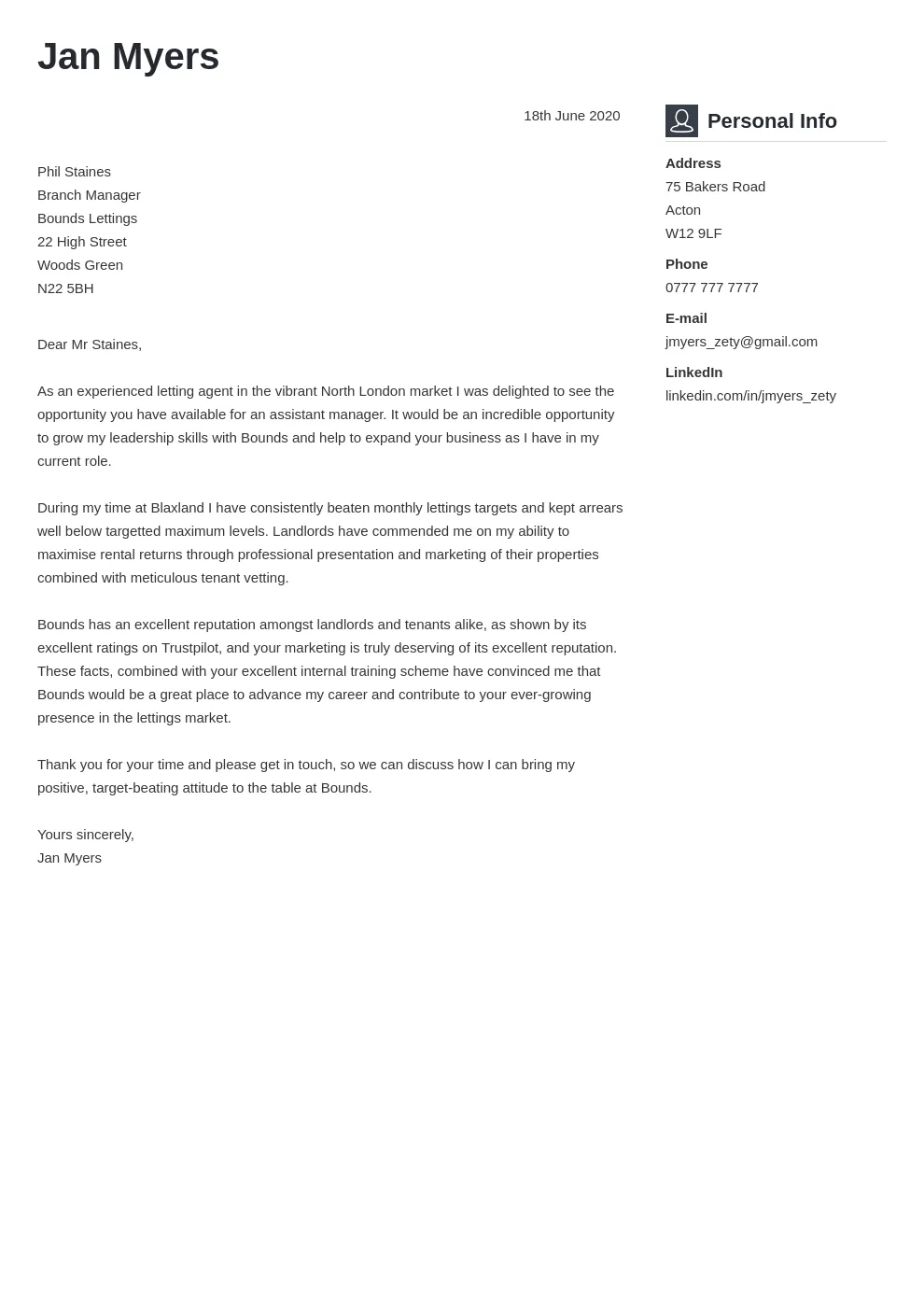
Thorough proofreading is an essential step in the cover letter writing process. Typos, grammatical errors, and inconsistencies can undermine your credibility and make your letter appear unprofessional. Carefully review your letter multiple times for errors. Use spell-check and grammar-check tools, but don’t rely on them entirely. These tools can miss errors. Ask a friend, family member, or career counselor to review your letter for a fresh perspective. Read your letter aloud to catch any awkward phrasing or inconsistencies. Ensure that your language is clear, concise, and easy to understand. A well-proofread cover letter demonstrates your attention to detail and your commitment to producing high-quality work. It leaves a positive impression and shows that you are serious about the opportunity.
Common Mistakes to Avoid
Several common mistakes can significantly weaken your cover letter and reduce your chances of landing an interview. Avoid using generic language and a lack of personalization; your letter should be tailored to the specific job and company. Steer clear of typos and grammatical errors, as they can create a negative impression. Be mindful of the length of your cover letter; aim for one page, unless otherwise specified in the job description. Do not simply restate your resume. Instead, use your cover letter to provide context, showcase your personality, and highlight your unique value proposition. Avoid being overly formal or using jargon that might be unfamiliar to the reader. By avoiding these common pitfalls, you can ensure that your cover letter effectively communicates your qualifications and increases your chances of securing an interview.
Generic Language and Lack of Personalization
One of the most significant mistakes to avoid is using generic language and failing to personalize your cover letter. Avoid using a one-size-fits-all approach; tailor your letter to each specific job and company. Do not simply restate the same information in your resume. Demonstrate your genuine interest in the role and the company by highlighting specific aspects that resonate with you. Avoid vague phrases and instead, use concrete examples of your skills and accomplishments. Research the company’s mission, values, and recent projects, and incorporate this information into your letter. Using a personalized approach shows the hiring manager that you have taken the time to understand their needs and that you are genuinely interested in the opportunity. This will make your cover letter more engaging and memorable, setting you apart from generic applications.
Typos and Grammatical Errors
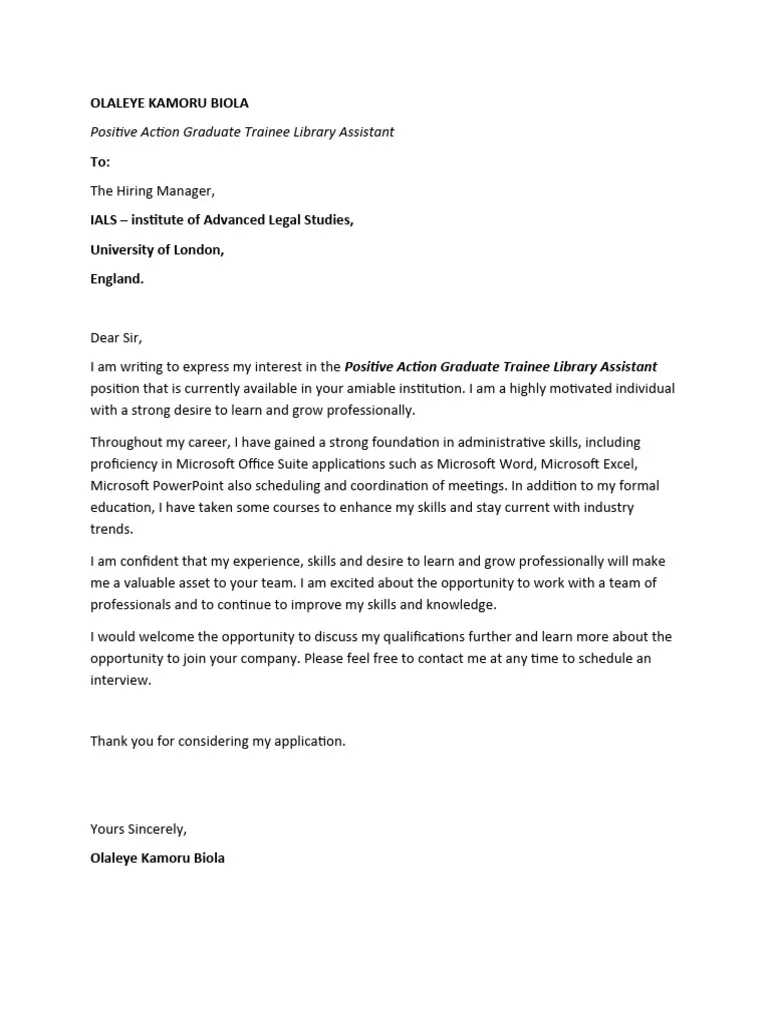
Typos and grammatical errors can significantly detract from your credibility and professionalism. They create a negative impression, suggesting a lack of attention to detail and a lack of care. Always proofread your cover letter carefully for any errors. Use spell-check and grammar-check tools, but don’t rely on them entirely. These tools can miss subtle errors or context-related issues. Read your letter aloud to catch any awkward phrasing or inconsistencies. Ask a friend, family member, or career counselor to review your letter for a fresh perspective. A well-proofread cover letter demonstrates your attention to detail and your commitment to producing high-quality work. It leaves a positive impression and shows that you are serious about the opportunity. Make sure to review the final version multiple times before submitting your application.
Length of a Cover Letter
The ideal length for a cover letter is generally one page. Hiring managers are busy and have many applications to review, so brevity is key. Aim to keep your letter concise and focused, highlighting the most relevant information. If you have extensive experience, you can sometimes stretch your letter slightly beyond one page, but be sure that every sentence adds value. Ensure the letter is easy to read and well-organized. Avoid including unnecessary details or information that can be found in your resume. Focus on the most impactful aspects of your qualifications and how they align with the job requirements. A well-written, concise cover letter demonstrates your respect for the hiring manager’s time and your ability to communicate effectively.
Cover Letter Examples and Templates
Using cover letter examples and templates can be a helpful starting point when crafting your own letter. However, it’s important to adapt these examples to your specific situation and tailor them to the job you are applying for. Many online resources offer various cover letter examples and templates, including those tailored to specific industries, experience levels, and job types. Study these examples to understand different approaches and formats. However, avoid simply copying and pasting; personalize the content to reflect your unique skills, experiences, and personality. Use templates as a guide, modifying them to ensure that your letter is original and reflects your qualifications accurately. A customized cover letter will make a stronger impression and better showcase your suitability for the role. Make sure to always proofread and edit the template to fit your personal situation.
